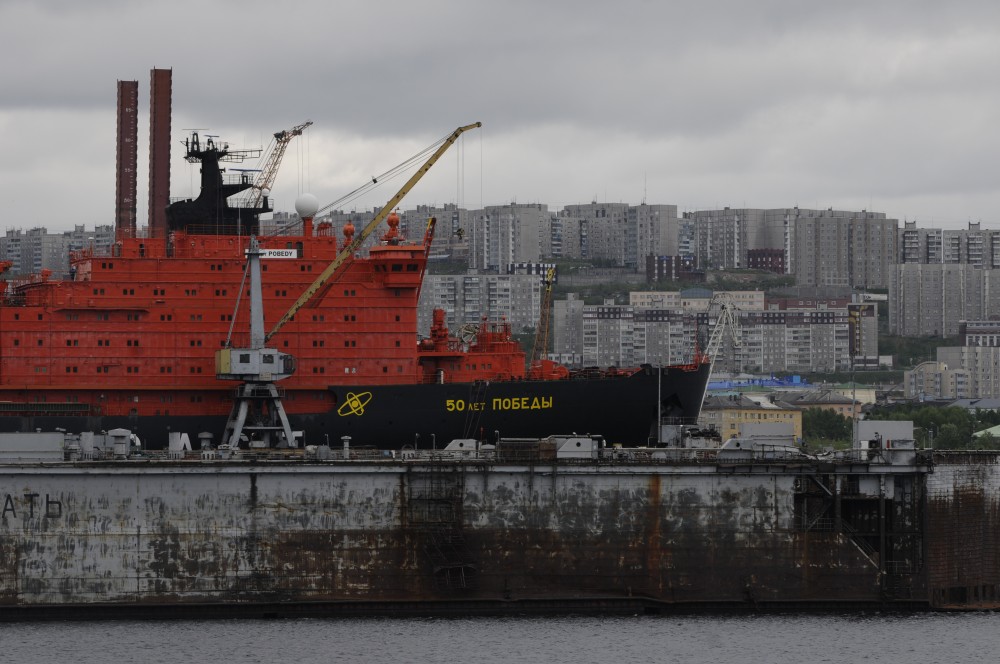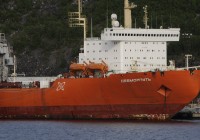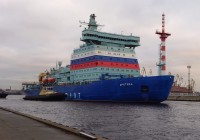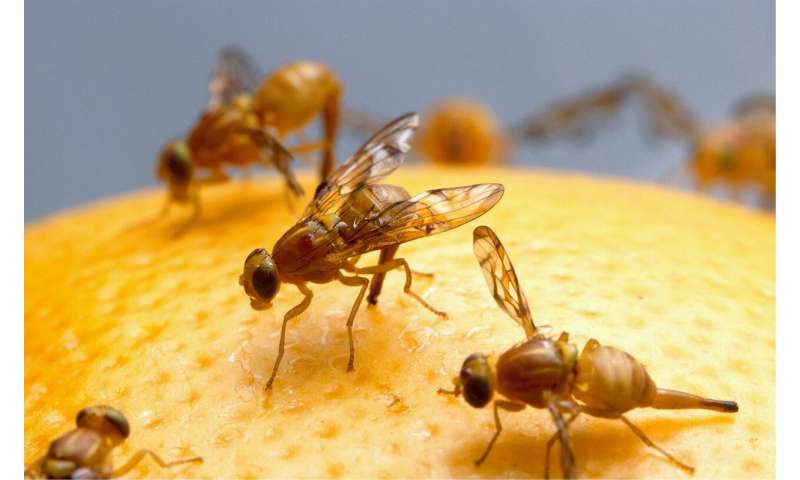
Sailing around the top of the world
Arctic icebreaker fleets, 2020
Cécile Marin, May 2020
Sources: Pauline Pic, ‘Naviguer en Arctique’, Géoconfluences, February 2020; National Snow and Ice Data Center, nsidc.org; ‘Maritime jurisdiction and boundaries in the Arctic region’, IBRU, University of Durham, 2019; USCG Office of Waterways and Ocean Policy, 2019; Northern Sea Route Information Office,arctic-lio.com www.marinetraffic.com

(1) IPCC, ‘Special Report: Global Warming of 1.5°C’, 2019.
(2) ‘Arctic Report Card’, US National Oceanic and Atmospheric Administration, 2019.
(3) The Southern, Austral or Antarctic Ocean is conventionally defined as all waters south of latitude 60°S, and covers 20 million sq km, compared with 12 million for the Arctic Ocean.
(4) LM Polvani et al, ‘Substantial twentieth-century Arctic warming caused by ozone-depleting substances’, Nature Climate Change, no 10, February 2020.
(5) Distances calculated on app.aquaplot.com/.
(6) Article 234 on ‘Ice-covered areas’.
(7) Pierre Thorez, ‘La Route maritime du Nord: les promesses d’une seconde vie’ (The Northern Sea Route: promise of a second life), Le Courrier des pays de l’Est, no 1066, March-April 2008.
(8) ‘NSR shipping traffic — Transits in 2019’, Centre for High North Logistics, arctic-lio.com/.
(9) See Philippe Descamps, ‘Polar gas tap’, Le Monde diplomatique, English edition, July 2016.
(10) Ukase (decree) of 5 March.
(11) Hervé Baudu, ‘La Route maritime du Nord, réalité et perspectives’ (The Northern Sea Route:current status and outlook), Regards géopolitiques, no 5, autumn 2019, Conseil Québécois d’Études Géopolitiques, Université Laval, Quebec.
(12) Hervé Baudu, ‘La flotte mondiale de navires brise-glaces’ (The global icebreaker fleet), Regards géopolitiques, no 4, winter 2018.
(13) Agreement Between the Government of Canada and the Government of the United States of America on Arctic Cooperation, 11 January 1988.
(14) Arctic Today, 21 February 2020.
(15) Sébastien Pelletier and Frédéric Lasserre, ‘Intérêt de la Chine pour l’Arctique: analyse de l’incident entourant le passage du brise-glace Xue Long en 1999 à Tuktoyaktuk, Territoires du Nord-Ouest’ (China’s interest in the Arctic), Monde chinois, no 41, Paris, 2015.
(16) ‘Why is China building a 30,000-ton nuclear-powered icebreaker?’, China Military online (People’s Liberation Army website), 2 July 2018.
see also

Antarctic icebreaker fleets
C. M. aperçu

Maritime trade routes, 2020
C. M. aperçu
The era of the icebreaker
Sandrine Baccaro & Ph. D.
Icebreakers are crucial to developing Arctic trade routes being opened up by global warming. Russia is expanding its nuclear fleet, China invites tenders for its own and (...)
Russia: the polar grab
Dominique Kopp • September 2007
Eyes on the ice
Miyase Christensen, Annika E Nilsson & Nina Wormbs • November 2013
Geopolitics and the polar bear
Farid Benhammou & Rémy Marion • November 2015























